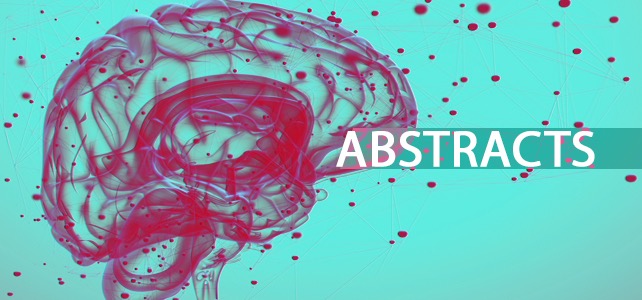Predictive value of early MRI findings on neurocognitive and psychiatric outcomes in patients with severe traumatic brain injury.
Abstract
BACKGROUND:
Traumatic brain injury (TBI) is the major public health problem worldwide, particularly in the Middle East. Diffuse axonal injury (DAI) is commonly found in TBI. Although DAI can lead to physical and psychosocial disabilities, its prognostic value is still a matter of debate. Magnetic Resonance (MR) is more sensitive for detecting DAI lesions.
OBJECTIVE:
To identify the radiological and clinical factors associated with the functional capacity one year after the traumatic brain injury.
METHODS:
The study included 251 patients with severe head trauma for whom Brain MRI was done within one month after injury. Demographic, clinical, and radiological data were collected during hospitalization. Neurocognitive and psychiatric evaluation were done one year thereafter.
RESULTS:
DAI was more frequent in our patients. Psychiatric disorders, cognitive impairment, and poor functional outcome were more common in patients with DAI especially those with cerebral hemisphere and brain stem lesion, and mixed lesions. Duration of post traumaticamnesia (DPTA), lost consciousness and hospital stay (DHS) as well as the volume of diffuse axonal injury (DAI) were associated with poor neurocognitive outcome. DPTA, and DAIV may be considered independent factors that could predict the neurocognitive outcome.
CONCLUSION:
MRI following traumatic brain injury yields important prognostic information, with several lesion patterns significantly associated with poor long-term neurocognitive and psychiatric outcomes.
Copyright © 2018 Elsevier B.V. All rights reserved.
KEYWORDS:
Brain injury; Diffuse axonal injury; Neurocognitive; Psychiatric outcome
- PMID:
- 30218878
- DOI:
- 10.1016/j.jad.2018.09.001

